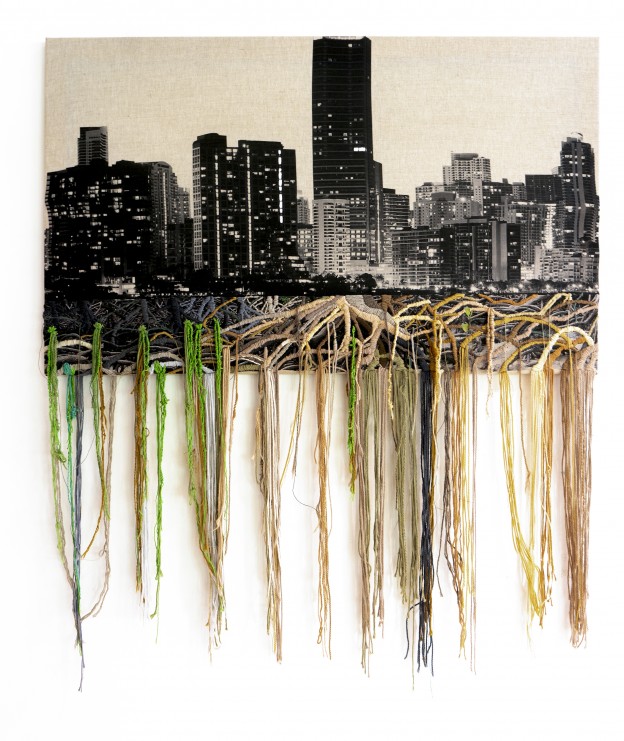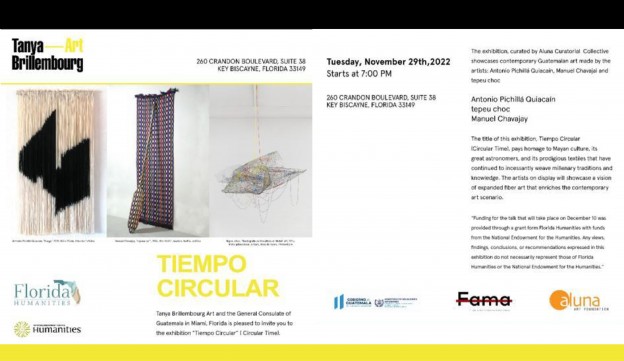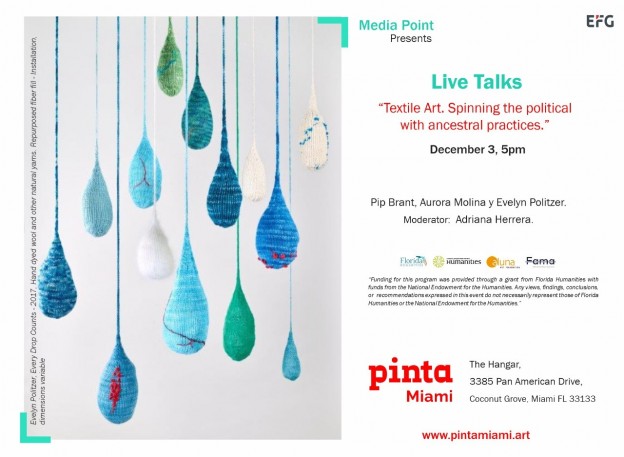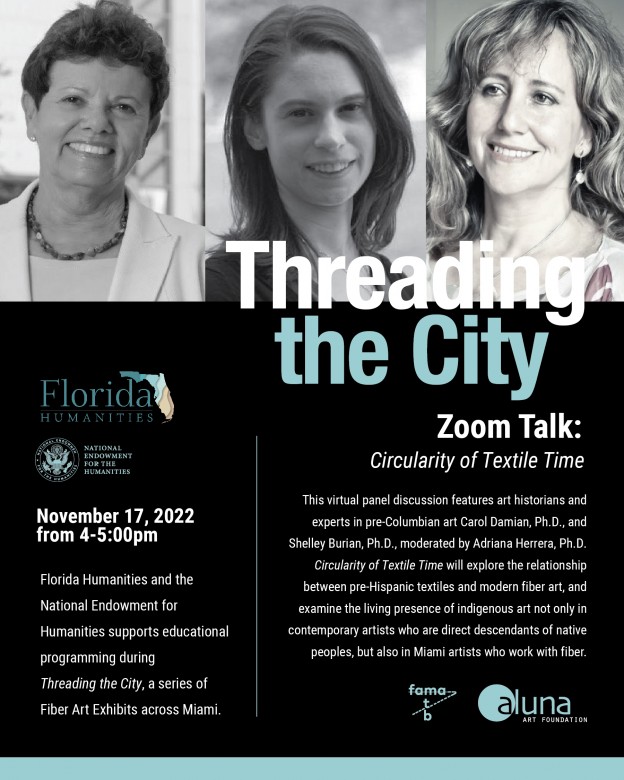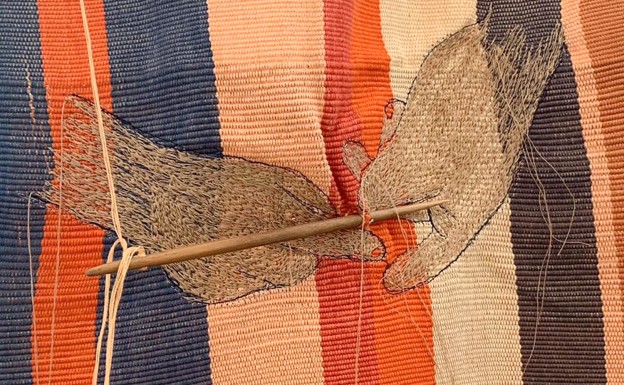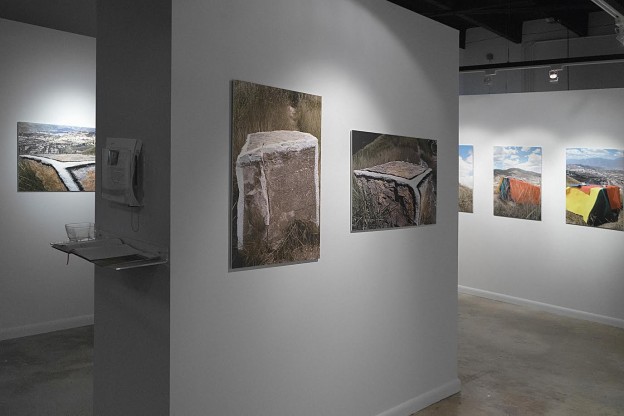
Collaborative Art Projects: Milton Becerra, Claudio Perna and Luis Villamizar | Art Media, Miami | Arte al Día International, July 2015
By Willy Castellanos
The relations between ephemeral art and the creation of new paradigms in photography, as well as the history of artistic investigation in the Venezuela of the 1970s – a key period for Latin American contemporary art – is the theme of Proyectos Colaborativos de Arte (Collaborative Art Projects), the new exhibition organized by curator José Antonio Navarette. Displayed on the basis of the storyline synthesis and the conjunction of media (images, screenings and tabloids), the exhibition gathers the photographic documentation of several interventions carried out by Milton Becerra and Luis Villamizar in plots of land in a mountain rising close to Caracas, as well as a sequence of shots that illustrate the performance Tres Tristes Tigres (Three Sad Tigers), 1975, directed by Claudio Perna with the collaboration of Becerra, among others.
The ecologic interventions by Becerra-Villamizar highlight the period’s sense of rupture-tradition by combining a visceral return to the earth as seminal instance and the legacy of geometric abstraction, which constituted at that time a sort of official position in the country’s artistic milieu. “We admired Otero, Soto, and Cruz-Diez – Becerra and Sigfredo Chacón, another artist of that generation, confess – we felt indebted to them, but at the same time, we believed in the need for a different art.” Rhis drive would lead them, in a peculiar diachronic conjunction, to improvise a poetics capable of containing at the same time, the echo of Pre-Hispanic graphic art, action painting and the land art that, around that same period, was produced by a Richard Long with his Path made by Walking.
In this way, Becerra intervenes in a stone monolith drawing with pigments a variant of the well-known grid – an omnipresent matrix in Venezuelan art – while Villamizar reconstructs, through the expressionist action of his body, a path that has been ritualized by the artistic gesture.
These works established innovative relationships in the notions of authorship that went beyond the associations contained in group action. Becerra intervened in an installation by Villamizar by performing, camera in hand, a circular panning which he later displays in slides (Silla/ Chair, 1979), in such a way that he incorporates not only a new layer of authorship, but the action of movement to the perception of the motif. For his part, Claudio Perna – another Pioneer of interventions in nature – directs a performance in which the biblical and ritual sense of dinner is translated into an everyday gesture of camaraderie and artistic exchange, reinterpreted by the peculiar narrative of the photographic image.
The conceptual and post conceptual art experiences of the 1960s and 1970s laid the foundations for the construction of new mythologies revolving around photography, whether through the way in which they questioned the historical paradigms of the milieu, or because from the theoretical, they opened the gap towards a critical discourse that reexamined the nature of the image, deconstructing its ideological keys. In a broad sense, the experiments of ephemeral art suggested that the recording of the artistic action was, in its own right and photographically speaking, an event. This image of the trace as substitute for the action (or of “absence as presence”, in Victor Burgin’s words) not only situated documents at the opposite end the aesthetics of the instant, but it also faced them with the dilemma of judging the photographed material from an evidently premeditated recording, declared a posteriori, an art object per se.
Proyectos colaborativos de arte: Milton Becerra, Claudio Perna y Luis Villamizar.
Art Media | Miami
Por Willy Castellanos
Las relaciones entre el arte efímero y la creación de nuevos paradigmas en la fotografía, así como la historia de la indagación artística en la Venezuela de los setenta –un periodo clave para el arte contemporáneo latinoamericano-, es el tema de Proyectos Colaborativos de Arte, la nueva exposición del curador José Antonio Navarrete. Expuesta desde la síntesis argumental y la conjugación de medios (imágenes, proyecciones y tabloide), la muestra reúne la documentación fotográfica de varias intervenciones realizadas por Milton Becerra y Luis Villamizar en los terrenos de un cerro colindante con Caracas, así como una secuencia de tomas que ilustran el performance Tres Tristes Tigres (1975), dirigido por Claudio Perna con la colaboración de Becerra, entre otros.
Las intervenciones ecológicas de Becerra-Villamizar puntualizan el sentido de ruptura-tradición del periodo al combinar un retorno visceral a la tierra como instancia seminal, con el legado de la abstracción geométrica que para entonces constituía una suerte de oficialismo en el panorama artístico del país. “Admirábamos a Otero, a Soto y a Cruz Diez –confiesan Becerra y Sigfredo Chacón, otro artista de esa generación–, nos sentíamos deudores pero a la vez, creíamos en la necesidad de un arte diferente”. Este impulso los llevaría en una peculiar conjunción diacrónica, a improvisar una poética capaz de contener al mismo tiempo, el eco de la gráfica prehispánica, la pintura de acción y al arte de la tierra que por el mismo periodo, realizaba un Richard Long con su Path made by Walking.
De este modo, Becerra interviene un monolito de piedra dibujando con pigmentos una variante de la conocida cuadrícula –una matriz omnipresente en el arte venezolano—, mientras Villamizar reconstruye con la acción expresionista de su cuerpo, un sendero ritualizado por el gesto artístico.
Estos trabajos establecieron relaciones novedosas en las nociones de autoría, más allá de los vínculos contenidos en la acción grupal. Becerra interviene una instalación de Villamizar realizando, cámara en mano, un paneo circular que luego proyecta en diapositivas (Silla, 1979) de tal modo que añade, no solo otra capa de autoría, sino la acción del movimiento a la percepción del motivo. Claudio Perna por su parte –otro pionero de las intervenciones en la naturaleza‒, dirige un performance donde el sentido bíblico y ritual de la cena se traduce en un gesto cotidiano de camaradería e intercambio artístico, reinterpretado por el relato peculiar de la imagen fotográfica.
Las experiencias conceptuales y post-conceptuales del arte de los 60 y los 70 sentaron las bases para la construcción de nuevas mitologías en torno a lo fotográfico, ya sea por el modo en que cuestionaron los paradigmas históricos del medio, ya sea porque abrieron desde lo teórico, la brecha hacia un discurso crítico que revisó la naturaleza de la imagen, deconstruyendo sus claves ideológicas. En un sentido amplio, los experimentos del arte efímero sugerían que el registro de la acción artística era por derecho propio y fotográficamente hablando, un acontecimiento. Esta imagen de la huella como sustituto de la acción (o de “la ausencia como presencia” al decir de Victor Burgin) no solo situaba al documento en el extremo opuesto a la estética del instante, sino también ante el dilema de enjuiciar el valor de lo fotografiado desde un registro a todas luces premeditado y declarado a posteriori, como objeto artístico per se.



